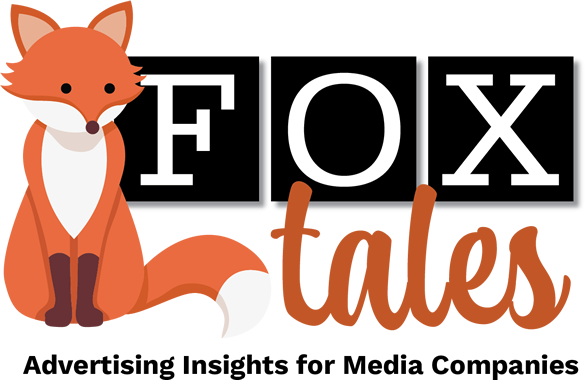By Tony Silber
(This report first appeared in MediaPost)
There might be more websites related to healthy living and lifestyle than any other category or topic. A brief web search turns up scores of them, many from major media brands.
Dotdash Meredith alone publishes three brands on the topic. Hearst has Men’s Health, Oprah, and Women’s Health. Trusted Media Brands has The Healthy. There’s Yoga Journal, Well+Good, the New York Times’ “Well” section, MyFitnessPal, NPR’s “Shots,” Shape Magazine, Prevention, Self.com, and a seemingly endless list of others.
So I was interested in seeing last week that Vox Media has launched a new section called “Even Better,” where writers “delve deep into topics of finance, relationships, work, and home life and provide readers with the tools that can help them live more enriching, balanced, and happier lives.”
Inaugural topics, the company said in an email, include a report on how money is emotional, but personal finance advice rarely accounts for those emotions; how to talk to teens about body image; the case for having fewer friends; and how to think about personal responsibility in the climate crisis.
I guess health and life advice is so core to human existence that the demand for information is insatiable.
I’m always fascinated by how coverage areas in the media end up producing proliferating brands. Think business, or celebrity, or personal finance, or sports. Or home and food. Or IT.
But at some point, always, the niches within niches become too thin. The unique selling proposition becomes so clouded that it’s impossible to tell one pub from the other. There are not enough advertisers to go around. And content quality eventually asserts itself, leaving brands in the first tier, others in the second tier, and still more as essentially also-rans.
I think about brands like the old Smart for Men. Or the short-lived Talk magazine, which never found a voice. I think of the rocket-ship success and spectacular collapse of the Industry Standard in the dot-com era, which at one point was frantically increasing frequency and creating special sections just to find space to fill the advertising demand. It launched in 1998 and went out of business just three years later. When Quartz (which is still around) launched in 2012, the rap on that brand — covering business from an international perspective — was that it similarly lacked a compelling value proposition.
All of which is to say, watching the ebbing and flowing of media brands is fun, and I wish “Even Better” much success against its dozens of competitors.
